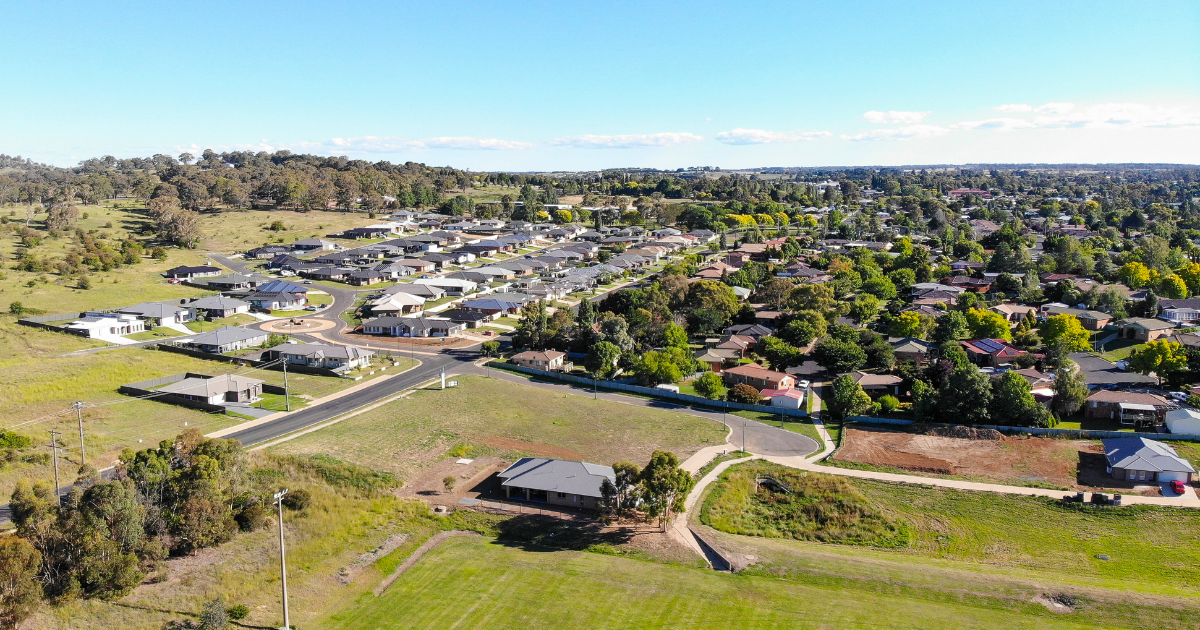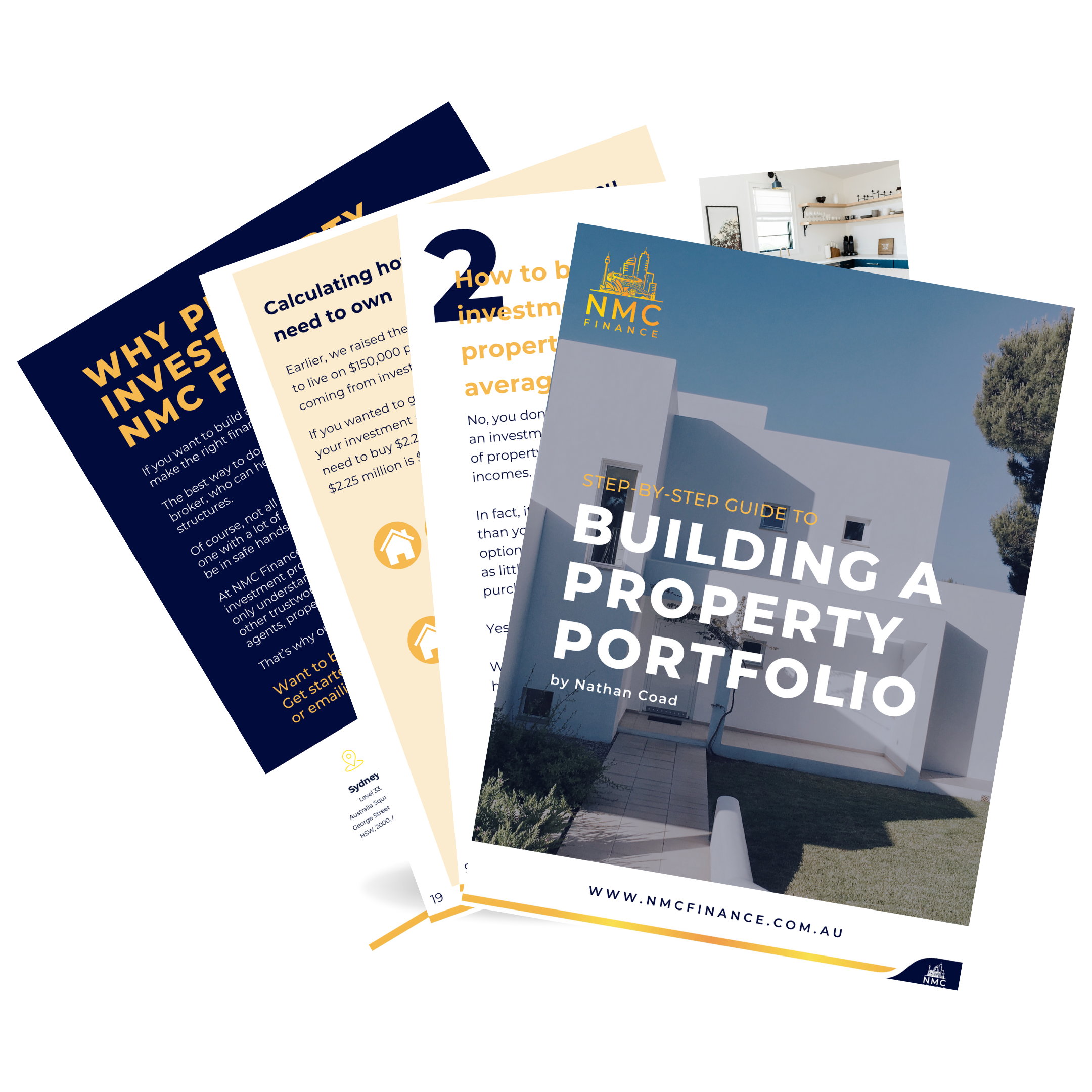Regional property is becoming one of the most realistic ways for first home buyers to enter the market in 2025.
If you have been searching for your first home, you will know how challenging it is to find something affordable in the inner suburbs of Australia’s major cities.
Prices continue to rise, and competition remains fierce. The upside is that regional centres are stepping into the spotlight, offering more affordable homes, lifestyle perks, and genuine opportunities for long-term growth.
Why regional could be your opportunity
The appeal of moving regionally is not just about spending less. Many first home buyers are rethinking what they value most in a home, and regional living is delivering on several fronts.
- More affordable homes: Regional property prices are often significantly lower, reducing the time it takes to save a deposit and easing mortgage repayments.
- Lifestyle and space: Larger homes, bigger backyards, and access to beaches, bushland, or quieter communities continue to attract new residents every year.
- Growth potential: Certain regional markets, particularly in Queensland and Western Australia, have outpaced city growth rates, making them appealing not just for affordability but for long-term investment prospects.
The trade-offs to keep in mind
While the regional lifestyle is attractive, it is important to consider the whole picture before making a move.
- Employment and career options: Some towns offer limited job opportunities compared to the city, so career planning is essential.
- Access to services: Hospitals, schools, and transport vary from one region to another and can affect everyday convenience.
- Future resale value: Not all regional markets perform equally. While some are booming, others may have slower growth or more volatility.
Financing a regional property
Financing a home in a regional area can differ slightly from buying in a city. Lenders may have postcode restrictions or apply more cautious valuations in certain locations.
To be prepared, first home buyers should:
- Obtain pre-approval before searching, to know exactly what they can borrow.
- Ask their lender if restrictions apply to the area they are considering.
- Factor in additional costs such as commuting, insurance, or renovation work if buying an older property.
Help from Government Schemes
One of the most useful tools for buyers outside the capitals is the Regional First Home Buyer Guarantee.
This program was introduced to ensure that people living in regional Australia are not disadvantaged when competing for limited places under the national scheme.
How the scheme works
The Regional Guarantee allows eligible buyers to purchase a home with as little as a 5% deposit without paying lenders’ mortgage insurance (LMI).
Normally, LMI applies when a buyer contributes less than a 20% deposit, which can add tens of thousands to upfront costs. Under this program, the government acts as guarantor for part of the loan, removing the need for LMI.
Why a regional-specific guarantee?
The broader First Home Guarantee is available nationwide and covers metropolitan purchases, but it has a fixed cap of 35,000 places each year. Demand is high, particularly in capital cities, which means places fill quickly.
By creating a separate allocation of 10,000 places per year for regional areas, the government ensures regional buyers have a dedicated pool of opportunities.
This avoids them having to compete with city buyers for the same limited places and makes the pathway to home ownership fairer.
Eligibility criteria
To qualify for the Regional Guarantee, buyers need to meet requirements, including:
- Income limits of up to $125,000 for singles or $200,000 combined for couples.
- Property price caps that vary by state and region, designed to keep the scheme focused on affordable housing.
- Residency in the region, or an adjacent region, for at least 12 months prior to applying.
- First home buyer status, meaning no previous ownership or interest in a property in Australia.
A practical example
Consider two buyers, Emma and Jack:
- Emma looks in Brisbane, where the median house price is about $1,020,000. To avoid LMI, she would need a 20% deposit of around $204,000. Even with a 10% deposit of $102,000, she would still face significant LMI costs.
- Jack looks on the Gold Coast, which qualifies as an eligible regional area. With the Regional Guarantee, Jack can buy with a 5% deposit of $51,500 and pay no LMI.
For Jack, the dedicated scheme shortens the time it takes to save, reduces upfront costs, and gives him access to a program designed specifically to support regional buyers.
This blog is intended for general informational purposes only. For personalised advice tailored to your unique financial situation, please contact NMC Finance.

